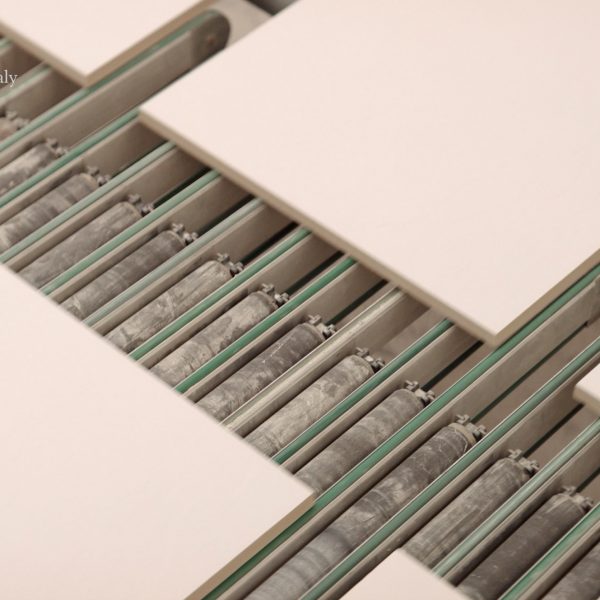[ad_1]
Promotion: in the Italian ceramic tile industry “nothing is wasted” according to Ceramics of Italy, which enables mineral resources to be conserved and reduces carbon emissions.
Although first invented in the Palaeolithic period more than 25,000 years ago, ceramics today are still made using more or less the same materials, including clay and sand alongside minerals such as feldspar and kaolin.
In Italy, the origin of these mineral raw materials is checked along the entire supply chain, as part of the industry’s push to reduce the environmental impact of its products and processes, says Ceramics of Italy.
This ensures that they meet international health and biodiversity standards and aren’t sourced from within protected areas, as well as being free of harmful substances such as volatile organic compounds (VOCs), mercury or asbestos.
As a result, Italian ceramics on average outperform the requirements set out by the international sustainability standard for ceramics, Ceramics of Italy says.
“Italian ceramic tiles are always a safe choice because they are made exclusively from natural raw materials,” Ceramics of Italy explained. “They create safe living spaces and qualify for credits in green building sustainability rating systems such as LEED, BREEAM, WELL and CAM.”
To reduce waste, the industry also recovers water from previous production cycles and feeds it back into the process, alongside all fired and unfired ceramics fragments, sludge, dust, processing waste and substandard products.
“This benefits the entire industry in terms of sustainability because it conserves mineral resources and reduces the emissions associated with the extraction and transport of materials,” Ceramics of Italy said.
Due to a special firing process, the resulting ceramics are highly durable and have an extremely low porosity that makes them resistant to impact, wear, abrasion, aggressive chemicals, thermal shock and water infiltration.
This means they have a longer lifespan, and according to Ceramics of Italy require less frequent replacement and maintenance than other types of surfacing.
In fact, a study from the University of Modena and Reggio Emilia found that while ceramics can often stay intact for over half a century, resin flooring only lasts for around 10 years while vinyl and carpet tap out around the 15-year mark.
“Italian ceramic tiles are produced in under an hour but last for over 50 years,” Ceramics of Italy said.
Since the 1970s, the Italian ceramic tile industry has worked to improve the environmental impact of its production cycles, switching from coal to natural gas in the firing process as well as installing hot dust and fume purification systems.
This has allowed the industry to cut emissions of CO2, dust, lead, sulphur, particulate and fluorine 82 per cent between 1988 and 2020, Ceramics of Italy claims.
Now, as the industry aims for a 55 per cent reduction in greenhouse gas emissions by 2030, companies are working to find ways to further reduce and entirely replace the natural gas used to power their kilns, which have to be heated to above 1,000 degrees Celsius.
Manufacturers are also looking at ways to reduce the CO2 that is emitted by the materials in the firing process, also known as process emissions.
Ceramics of Italy is the institutional trademark used for all promotional events relevant to the Italian ceramic industry, both in Italy and worldwide.
To learn more about Italian ceramics sustainability efforts visit the Ceramics of Italy’s website.
Partnership content
This article was written by Dezeen for Ceramics of Italy as part of a partnership. Find out more about Dezeen partnership content here.
[ad_2]

